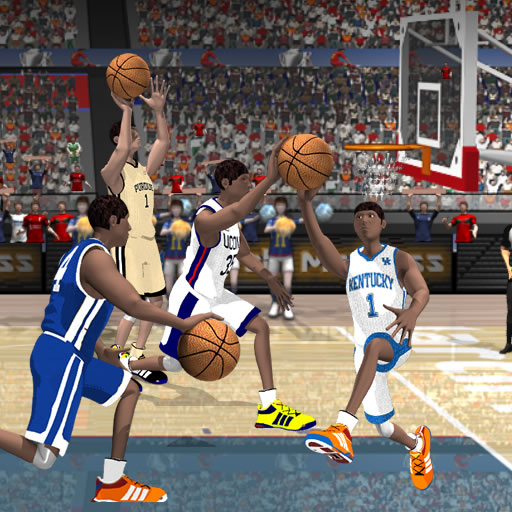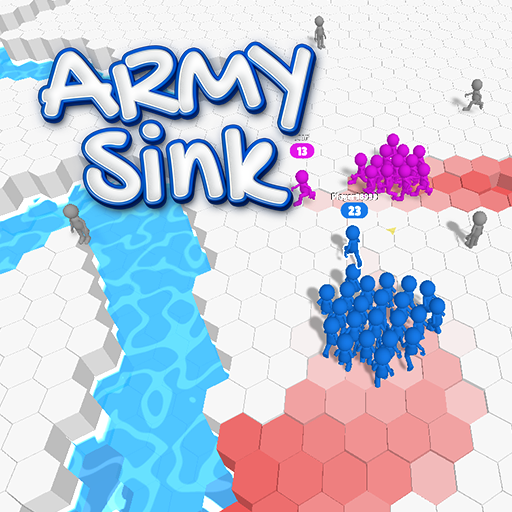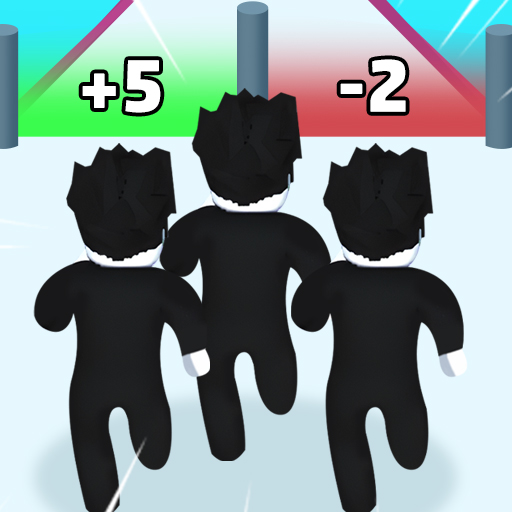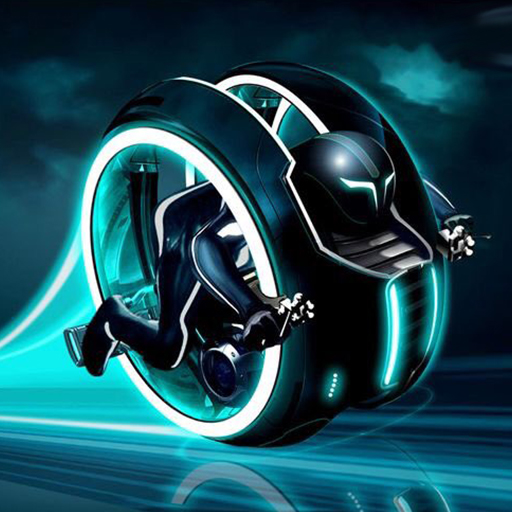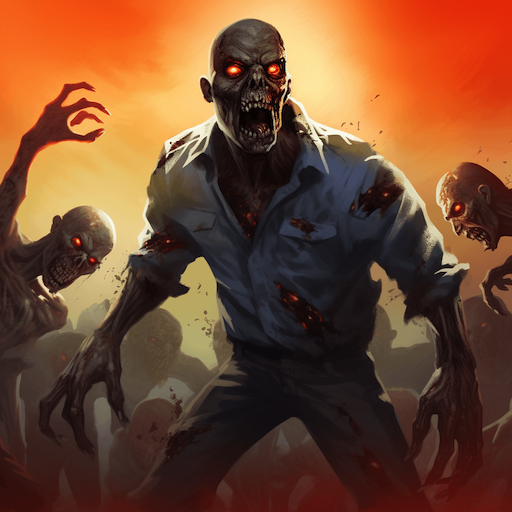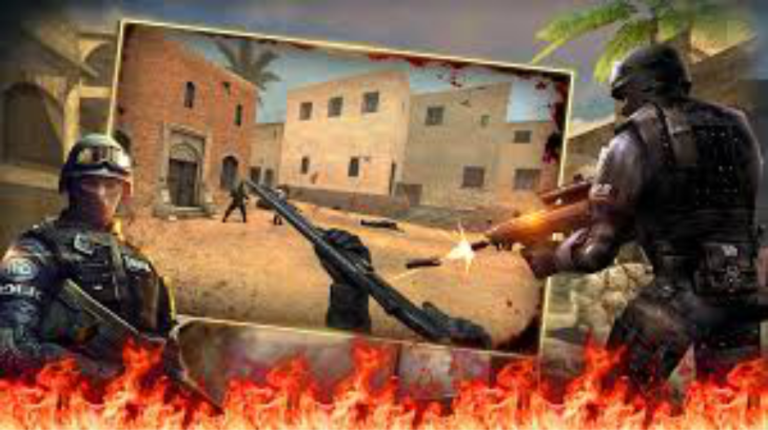Similar Games

Ice Hockey
Ice Hockey
Ice hockey is one of the most exciting and fast-paced sports in the world, captivating millions of fans globally. Combining strategy, physicality, and unparalleled speed, ice hockey demands skill, endurance, and teamwork. This article delves into the history, rules, gameplay, and cultural significance of ice hockey while exploring why it holds a special place in the hearts of its followers.
The History of Ice Hockey
The origins of ice hockey can be traced back to the frozen ponds and rivers of 19th-century Canada. Drawing inspiration from stick-and-ball games played in Europe, early settlers adapted these sports to their icy environments. By 1875, the first indoor ice hockey game was played in Montreal, marking a key moment in the sport’s evolution.
Ice hockey’s popularity quickly spread across Canada, with the establishment of amateur leagues and tournaments. By the early 20th century, the sport made its way to the United States and Europe, becoming a staple in cold-weather regions. The formation of the National Hockey League (NHL) in 1917 marked a turning point, solidifying the sport’s professional status and paving the way for its global reach.
The Basics of Ice Hockey
Ice hockey is played on a rectangular rink covered in ice, surrounded by boards to keep the puck in play. Each team consists of six players on the ice at a time, including a goaltender, two defensemen, and three forwards. The objective is simple: score goals by shooting the puck into the opposing team’s net while defending your own.
The game is divided into three periods, each lasting 20 minutes. If the score is tied after regulation, overtime or a shootout determines the winner. Ice hockey is unique in its blend of physicality and finesse, requiring players to excel in skating, stickhandling, passing, and shooting.
Equipment and Safety
Ice hockey players wear specialized gear to ensure safety while competing at high speeds. Essential equipment includes skates, helmets, shoulder pads, elbow pads, gloves, and shin guards. The goaltender’s gear is even more robust, featuring larger pads and a specialized mask to withstand the impact of pucks traveling at over 100 miles per hour.
Advancements in technology have greatly improved the safety and performance of hockey equipment. Helmets now include face shields to prevent facial injuries, while sticks and skates are made from lightweight materials to enhance mobility and control. Despite these measures, ice hockey remains a physically demanding sport, and players must be prepared for intense collisions and rigorous gameplay.
Rules and Penalties
The rules of ice hockey are designed to maintain fairness and safety. Players can pass the puck, shoot, or carry it across the ice, but certain actions are prohibited. Offside occurs when a player enters the attacking zone before the puck, while icing is called when the puck is shot across the rink without being touched.
Penalties play a crucial role in ice hockey, penalizing players for actions like tripping, hooking, and roughing. Minor penalties result in two minutes in the penalty box, leaving the team short-handed. More severe infractions, such as fighting or boarding, can lead to major penalties or game misconducts.
Power plays and penalty kills add a strategic layer to the game. A team on a power play has a numerical advantage due to an opponent’s penalty, providing an excellent opportunity to score. Conversely, penalty-killing units focus on defensive strategies to prevent goals while short-handed.
The Role of Strategy in Ice Hockey
Strategy is an integral part of ice hockey, shaping how teams approach both offense and defense. Coaches devise systems to optimize puck possession, create scoring opportunities, and neutralize opponents’ strengths. Common strategies include the forecheck, backcheck, and neutral zone trap, each designed to influence the game’s flow.
Offensively, teams aim to capitalize on speed and precision passing to break through defensive lines. Cycling the puck in the offensive zone can tire out defenders and create shooting lanes. Defensively, players focus on blocking shots, intercepting passes, and maintaining proper positioning to limit scoring chances.
Goaltending is often considered the backbone of a team’s defense. A skilled goaltender can make the difference between victory and defeat, consistently stopping high-quality shots and providing a sense of stability.
Ice Hockey Leagues and Tournaments
Ice hockey enjoys a vibrant global presence, with professional leagues and international tournaments showcasing the sport’s best talents. The NHL, based in North America, is the premier professional league, featuring teams from the United States and Canada. Renowned for its competitive nature and star players, the NHL attracts millions of viewers worldwide.
In addition to the NHL, other prominent leagues include the Kontinental Hockey League (KHL) in Russia, the Swedish Hockey League (SHL), and the Finnish Liiga. These leagues foster talent development and provide a platform for players to excel at the highest level.
Internationally, ice hockey is celebrated through events like the Winter Olympics and the Ice Hockey World Championships. These tournaments bring together national teams from around the globe, uniting fans in their shared passion for the sport. The Olympic Games, in particular, have produced iconic moments, such as the “Miracle on Ice” when the United States defeated the Soviet Union in 1980.
The Culture of Ice Hockey
Ice hockey transcends the rink, influencing the culture and identity of its communities. In Canada, the sport is a source of national pride, deeply ingrained in the country’s heritage. In cities like Toronto, Montreal, and Detroit, hockey is more than just a game—it’s a way of life.
The sport also fosters camaraderie and sportsmanship, teaching players the value of teamwork, perseverance, and respect. Local rinks serve as hubs for community engagement, bringing together players, families, and fans.
Ice hockey’s passionate fan base contributes to its electric atmosphere. From the chants of die-hard supporters to the tradition of throwing hats on the ice after a hat trick, hockey games are filled with rituals that enhance the experience.
The Future of Ice Hockey
As ice hockey continues to evolve, efforts are underway to expand its reach and accessibility. Initiatives to grow the game in non-traditional markets, such as Asia and the southern United States, aim to introduce the sport to new audiences.
Technology is also shaping the future of ice hockey. Advanced analytics provide teams with insights into player performance and game dynamics, enhancing decision-making. Innovations like video review and goal-line technology ensure fairness and accuracy in officiating.
Youth development programs are crucial for nurturing the next generation of hockey stars. By providing opportunities for young players to learn and compete, these programs ensure the sport’s longevity and vitality.
Why Ice Hockey Captivates Fans
Ice hockey’s unique blend of speed, skill, and intensity makes it a captivating spectacle. The sight of players gliding across the ice, executing precise passes, and scoring dramatic goals keeps fans on the edge of their seats. The physicality of the game adds an element of unpredictability, with big hits and battles for the puck creating moments of raw excitement.
Moreover, ice hockey’s rich history and traditions contribute to its enduring appeal. Legendary players like Wayne Gretzky, Bobby Orr, and Mario Lemieux have left indelible marks on the sport, inspiring generations of fans. The Stanley Cup, the oldest trophy in professional sports, symbolizes excellence and perseverance, embodying the spirit of the game.
Conclusion
In conclusion, ice hockey is a sport that combines grace and grit, captivating fans with its thrilling action and rich cultural significance. From its humble beginnings on frozen ponds to its status as a global phenomenon, ice hockey continues to inspire and unite people worldwide. As the sport looks to the future, its legacy remains as strong as ever, ensuring that the magic of ice hockey endures for generations to come.





